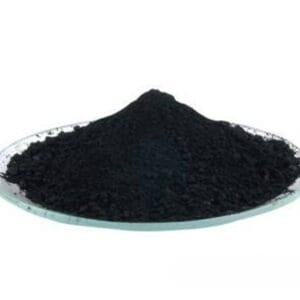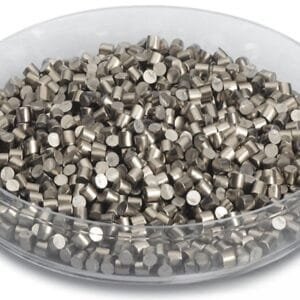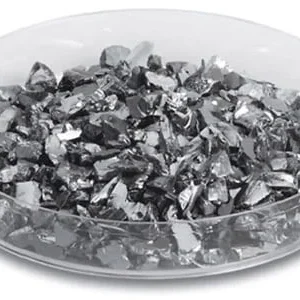rititanium Pentoxide Evaporation Materials Overview
Trititanium pentoxide (Ti₃O₅) is a stable compound with metallic properties and high electrical conductivity at standard temperatures. This compound, part of the orthorhombic system, is widely used in vacuum coating materials for optoelectronic devices. TFM excels in producing trititanium pentoxide evaporation materials with purities of up to 99.9995%, ensuring exceptional stability and industry recognition in vapor deposition processes.
Related Products
- Titanium Evaporation Materials
- Oxide Ceramic Evaporation Materials
Specifications of Trititanium Pentoxide Evaporation Materials
| Chemical formula | Ti3O5 |
| Purity | 2N-4N |
| Appearance | Granules or tablets |
| Melting point | 1760℃ |
| Formula weight | 191.61 |
| Size | 3-5mm or customized |
| Color | Atropurpureus |
Applications of Trititanium Pentoxide Evaporation Materials
Trititanium pentoxide is utilized in various applications, including:
- Beam Splitters
- Cold Light Films
- High Anti-Membrane Coatings
- Glass Coatings
Packaging Information
Our trititanium pentoxide evaporation materials are meticulously packaged in plastic vacuum bags to avoid damage during storage and transportation, preserving the product’s quality. Each package includes a Certificate of Analysis (COA) to verify the material’s quality.
Contact Us
TFM specializes in providing high-purity trititanium pentoxide evaporation materials, ideal for semiconductor, chemical vapor deposition (CVD), and physical vapor deposition (PVD) applications. Our integrated approach, combining engineering, manufacturing, and analytical expertise, ensures we deliver top-tier evaporation materials. For more information or to make an inquiry, please contact us today.


 MSDS File
MSDS File



Reviews
There are no reviews yet.